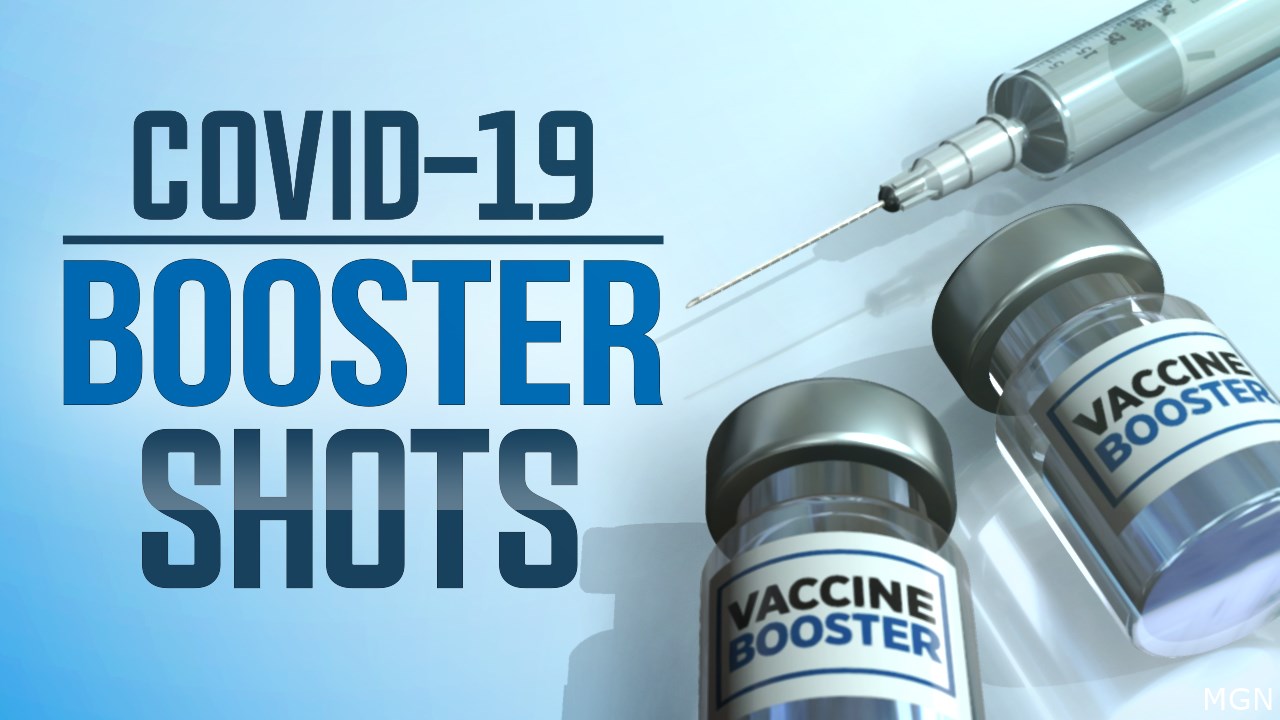Study shows diminishing efficacy of COVID-19 vaccines over time
By SAGE
The risk of death from COVID-19 decreases significantly after vaccination but this protection diminishes after six months, providing evidence for continued booster doses, a new study has found.
Researchers from the UK Health Security
Agency (UKHSA) analyzed more than 10 million cases of COVID-19 in adults
between May 2020 and February 2022. Their findings are published in the Journal of the Royal Society of Medicine (JRSM).
Vaccination and Decreased Fatality
The Case Fatality Risk (CFR) — the proportion of cases that resulted in death — was cross-referenced with vaccination status, revealing a clear association between vaccination and reduced mortality.
Notably, the study highlights a crucial timeframe — within six months of the
last vaccine dose — when CFR was consistently at its lowest across all age
groups. After this, the protective benefit began to wane and CFR increased.
Notable Findings in Older Adults
The research underscores the success of the
COVID-19 vaccination program in reducing mortality rates.
Among adults over 50, CFR was 10 times higher
in the unvaccinated (6.3%) compared to those who had been vaccinated within six
months prior to testing positive (0.6%). The study also reveals a steep decline
in CFR in early 2021, aligning with the initial vaccine rollout.
Florence Halford from the UKHSA’s COVID-19
Vaccines and Epidemiology Division said: “COVID-19 Case Fatality Risk reduced
after vaccination, with the lowest seen across all age bands when vaccinated up
to six months prior to the specimen date. This provides some evidence for
continued booster doses in older age groups.”
Reference: “Temporal changes to adult case
fatality risk of COVID-19 after vaccination in England between May 2020 and
February 2022: a national surveillance study” by Florence Halford, Kathryn
Yates, Tom Clare, Jamie Lopez-Bernal, Meaghan Kall and Hester Allen, 13
December 2023, Journal of the Royal Society of Medicine.
DOI: 10.1177/01410768231216332
